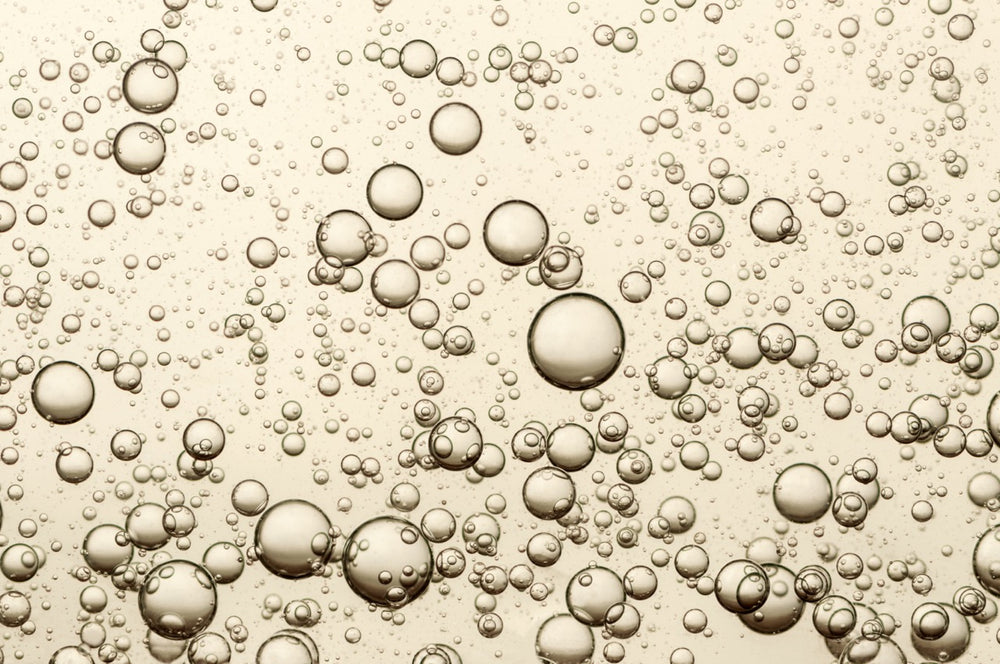
Acidity is the backbone of wine, it is a crucial element that contributes to its structure and balance. Acidity provides a refreshing character, it cleanses the palate, and complements food rich in fat while it interacts with other flavors such as sweet, salty, umami, to make the eating experience more dynamic. In addition to the sensations that acidity provides, when balanced, it improves the aging potential by acting as a preservative, helping it evolve over time - it's what keeps it alive while it ages in the cellar.
Total Acidity (TA) and pH are both measures of acidity in wine, but they provide different perspectives. TA refers to the total concentration of acids in the wine, mainly tartaric, malic and citric acid. On the other hand, pH measures the intensity of acidity, indicating how acidic or basic the wine is on a scale from 0 to 14, with lower values being more acidic. While TA provides a quantitative measure of total acidity, pH provides a qualitative measure of the strength of acidity. Winemakers consider both TA and pH to evaluate the balance and stability of wine, seeking a harmonious relationship between these factors. pH is crucial in life as it affects various biological and chemical processes and is essential for enzymes to work better. Enzymes are involved in a multitude of metabolic reactions and have a specific range within which they do their job best. One of these metabolic processes is fermentation. In the early stages of fermentation, a slightly acidic pH is desirable to concentrate the yeast. It helps create a better environment for fermentation. If the pH is too high or low it can negatively affect the fermentation process and cause stuck fermentations or the growth of undesirable microorganisms.

A Titrator to check acidity levels
In enology courses they almost never talk about indigenous yeast fermentations (the yeast that grows on the skin of the grape) and even fewer say that it is the best way to ferment. However, like with so many things, we have to unlearn what we were taught. From the most humble producers to the largest, many use indigenous yeast because it is a big part of the flavor of the terroir. And yes, the pH of the grape juice before fermenting will affect the growth and activity of the indigenous yeast during fermentation and, therefore, the quality of the wine.
Since my blogs almost always talk about the importance of terroir, I guess you can guess which direction this is going. The availability of essential nutrients, such as nitrogen, phosphorus, potassium, calcium, magnesium, and others, is strongly affected by soil pH. In soils with extreme pH levels (either too acidic or too alkaline), nutrient uptake may be limited, even if those nutrients are present in the soil. Optimal pH conditions, generally in a slightly acidic to slightly alkaline range, promote better nutrient availability to vines. When soil pH is outside this range, it can lead to deficiencies or imbalances in essential nutrients, affecting the health and development of the vines, as well as the quality of the grapes produced and their indigenous yeasts. Simply put, the backbone of wine - acidity and pH - is directly influenced by the pH of the soil which affects how the vines absorb nutrients and the pH of the grapes, and consequently, the fermentation process and lastly, the resulting wine.
It is important to mention that the relationship between soil pH and wine pH is complex, since other factors such as the root pattern of the vine, climate and oenological practices also play significant roles in forming the final characteristics of the wine. All plants are affected by soil and therefore, so is wine. When you have your next drink, think about this. Its story always begins with the land where the roots are.




